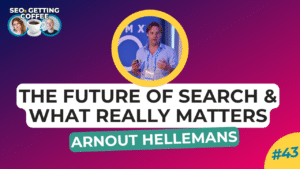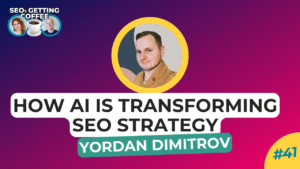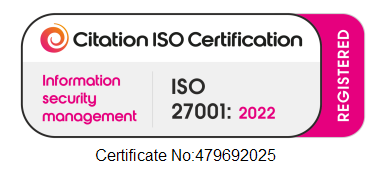If you run paid campaigns on social media, you’ll know that the interface and tools on these platforms change all the time. Sometimes for the worse, sometimes for the better, and mostly just to annoy advertisers 🤣
So you may be wondering what some of these newer Meta advertising tools do and if they’re worth testing in your paid social campaigns. Well, we’re here to help with just that.
Having tested these tools out for many of our clients, here are our top 5 Meta advertising tools for you to consider testing in 2024:
In this post
Meta Tool #1: Advantage+ Shopping Campaigns
Advantage+ Shopping Campaigns are a relatively new type of campaign, specifically designed for e-commerce. These campaigns use automation and machine learning (AI) to reach the right people more quickly and efficiently and promote the best-performing creatives for a successful campaign.
There has been a level of scepticism around this new campaign type, with concerns including ‘handing over the reins’ and putting budgets and trust into something you ‘cannot control’. But we have seen it work for some clients, as long as it’s managed correctly.
Here are the pros and cons of this type of campaign to help you decide if it’s right for you:
✅ Meta claims Advantage+ Shopping Campaigns improve your CPA by +17% and ROAS by +32% on average. Of course, it won’t work for everyone, but we’ve definitely seen it work better for lower-cost, higher-demand products.
✅ If you’ve been running campaigns on your account for a year or more, these campaigns will generally perform better. The AI heavily relies on data already gathered from previous campaigns, audiences and creatives in order to succeed.
❌ These campaigns will not work on brand-new accounts. As mentioned above, these campaigns rely on data you already have in your account.
❌ You cannot define any targeting on Advantage+ Shopping campaigns. So, if you have an extremely niche product, or if it’s very obviously for men and not women for example, you may find some budget being wasted. However in our experience, the budget is only wasted in the beginning whilst the AI is learning, and it quite quickly learns who is and isn’t responding.
❌ This is not a ‘turn on and leave it’ kind of solution to your Meta ads. AI needs guidance. This will partly come from the data already in your account, but it also requires human management too. Especially in the beginning. Make sure you’ve provided a range of ads for the system to work with, and keep an eye on your higher-performing ads and try to introduce similar ones to avoid ad fatigue.
Meta Tool #2: Budget Scheduling
Towards the end of 2023, Meta released the ‘Budget Scheduling’ tool, allowing you to schedule your campaign budgets to adjust on a certain day and time.
When it first came out, we weren’t sure if we’d use it much at all. Mostly because we’re constantly monitoring budgets, and it’s quite easy to manually adjust budgets based on performance. But, over the Christmas period, we quickly realised how much of a lifesaver it was.
We knew we wanted to reduce budgets for some clients over the week of Christmas and increase budgets for others, depending on their strategy, product and target market. So, whilst our offices were closed, we were content with the knowledge that client campaign budgets were properly managed.
So whether you’re taking annual leave, kicking off a big sale or know there’s a time of the year when your products/services sell particularly well, we recommend giving the budget scheduling tool a go. You’ll find it at the Ad Set level when creating your campaigns.
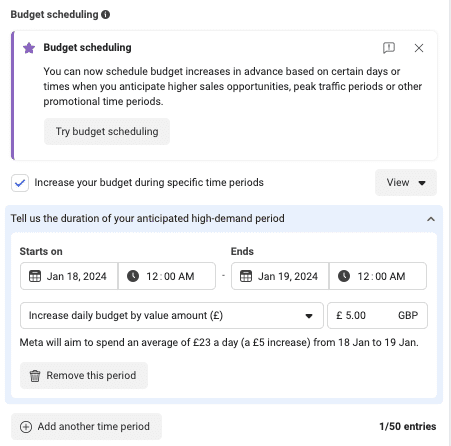
Meta Tool #3: Text Variations
Ever used ChatGPT to improve some copy or give you fresh ideas? Well, Meta has introduced a mini version for your ad copy, called ‘Text Variations’.
Upon creating an ad and entering your Primary Text, you’ll see a box pop up with suggestions to ‘elevate’ your copy. See an example below:
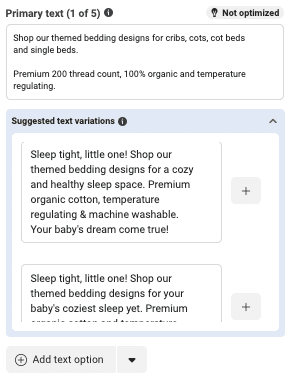
This tool aims to highlight your product’s best selling points, whilst incorporating copy and formats that have performed in other campaigns across their platform.
We use this tool mostly for idea generation, we’ve never actually used the suggestions word for word (very much like ChatGPT!). Plus, it’s great to include a few different text variations for each of your ads to understand if one resonates more than another.
Meta Tool #4: Lead Generation Campaigns
Lead Generation campaigns aren’t necessarily a ‘tool’, nor are they that ‘new’. But we couldn’t not include them, as going into 2024, we recommend considering if they could fit into your paid social strategy.
The idea behind Lead Generation campaigns is to gather contact details of those who are interested in your product and service so that you can nurture them into becoming a customer.
But why Lead Gen? When using the leads objective, 13 out of 19 industries saw their conversion rates increase year on year (Wordstream, 2023). And Meta is really ramping up the features available on these types of campaigns. For example, introducing the option to optimise your campaigns for ‘conversion leads’ as against ‘leads’ (via integrating your CRM) and increasing the call-to-actions, such as click to messenger or WhatsApp and click to call.
If you’re stuck for ideas on how you could use lead gen ads, here are a few to get you started:
💡 Gated content such as whitepapers, case studies or exclusive discounts
💡 Email newsletter sign-ups
💡 Exclusive access to new products/services
💡 Free initial consultation bookings/Free trial
💡 Giveaways
Meta Tool #5: Advantage Campaign Budget
Another AI-based tool released recently for Meta advertisers is ‘Advantage Campaign Budget’, which optimises your campaign budget across your campaign’s ad sets.
So instead of setting budgets for each individual ad set within a campaign, Meta will automatically and continuously try to find the best-performing ad set, and spend budgets on those, in theory improving results.
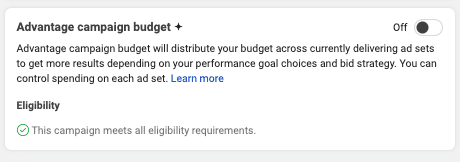
When should you try Advantage Campaign Budget?
✅ If your ad set audiences are all of similar size. If some of your ad sets have larger audiences than others and use Advantage Campaign Budget, Meta will typically spend more on the larger audiences by default.
✅ When you’re targeting cold audiences, for example, with your brand awareness campaigns. This is because Meta prefers larger audiences to work with when using Advantage Campaign Budget.
✅ If you are happy to have more of a ‘hands-off’ approach. Going in and turning off ad sets that are underperforming will only upset the algorithm, so you’ll need to trust that Meta will not spend budget on underperforming campaigns, even if they’re kept on.
Get testing!
The most important thing to remember is that not all of these tools will work for every business. Make sure you carry out some testing before ploughing in large amounts of budget and review the results to see if the tools are helping to achieve your objectives.
We hope this was helpful, and if you have any questions about paid social, please get in touch.

